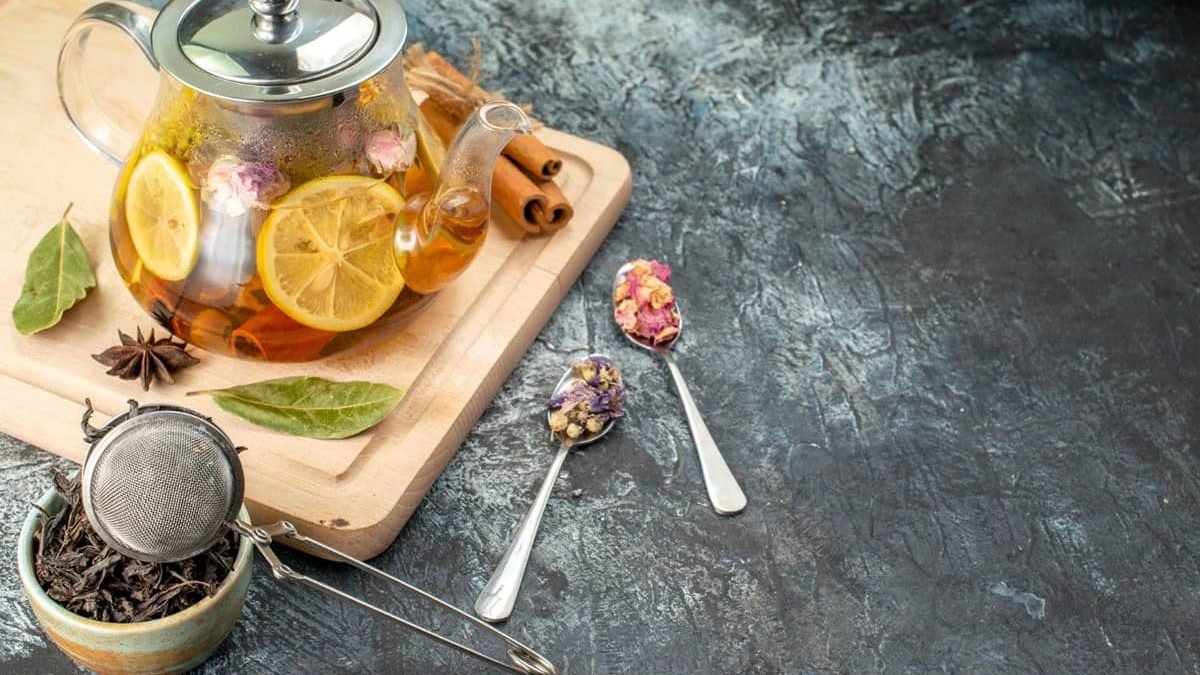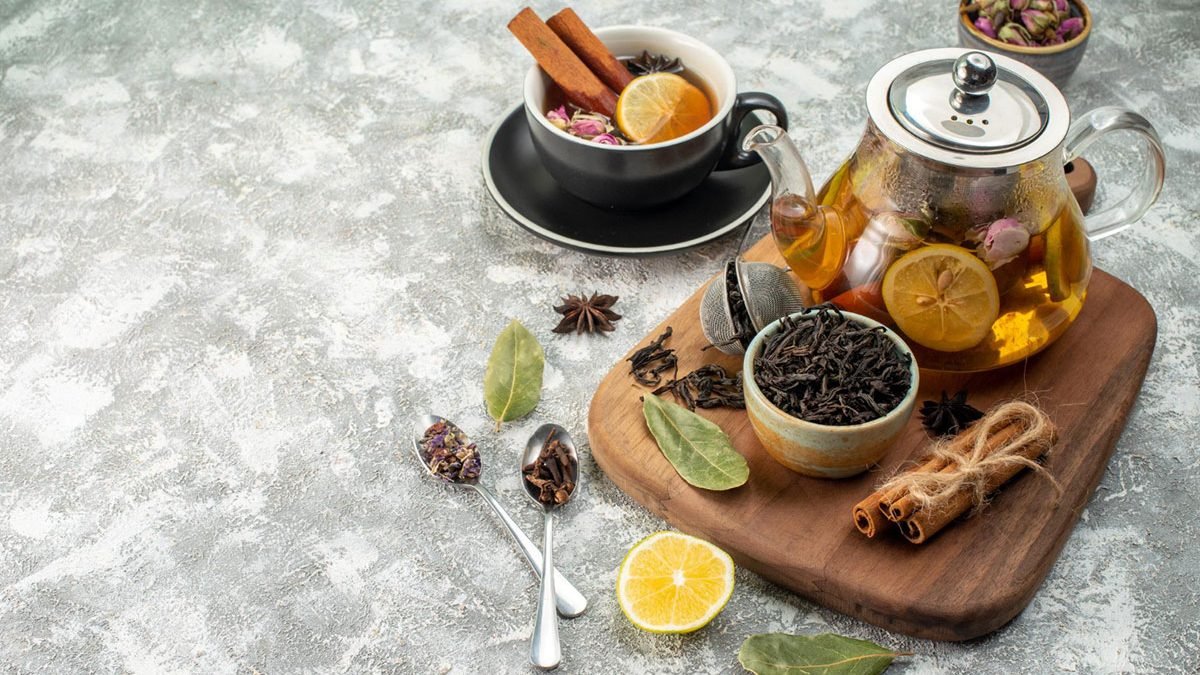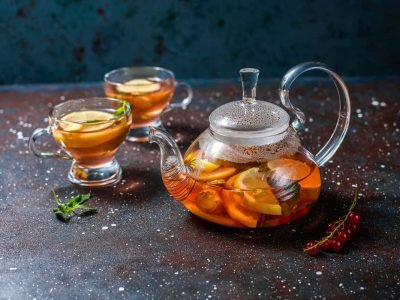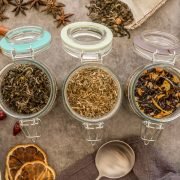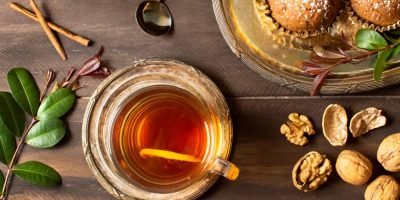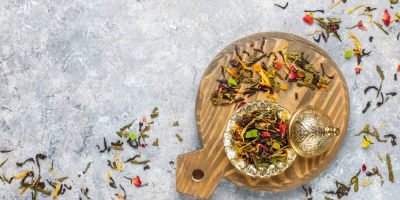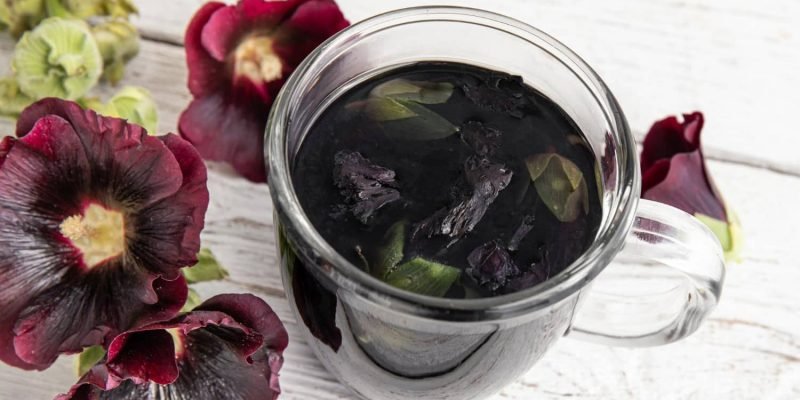
Malva sylvestris, or mallow, is a common weed used medicinally for centuries. The leaves, flowers, and seeds of the plant are all edible and have a variety of health benefits.
Mallow leaves can be eaten raw or cooked and are a good source of vitamins A and C, calcium, and iron. They can treat digestive issues such as diarrhea, constipation, and stomach ulcers. Mallow flowers can also be eaten raw or cooked and are a good source of antioxidants.
The seeds of the mallow plant can be roasted and used as a coffee substitute. They are also rich in fiber and protein. Roasted mallow seeds have been shown to lower blood sugar levels in diabetics.
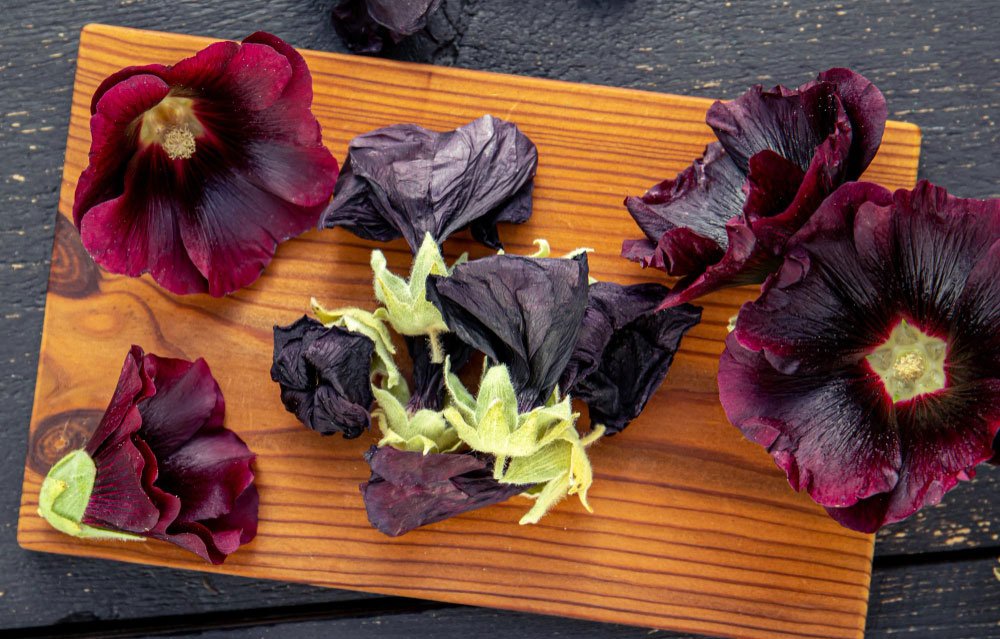
Malva sylvestris, commonly known as common mallow, high mallow, or tree mallow, is a species of flowering plant in Malvaceae, native to Europe, western Asia, and northern Africa. It is a large herbaceous perennial growing to 2–3 m tall, with deeply lobed leaves and salmon-pink flowers 3–5 cm diameter, borne in profusion throughout summer and early autumn.
The plant is found in various habitats, including roadside verges, hedgerows, meadows, woods and scrub. It is a very variable species, with several subspecies, varieties, and forms.
What is Malva Sylvestris?
Malva sylvestris, or common mallow, is a herbaceous plant in the Malvaceae family. It is native to Europe, western Asia, and northern Africa. The plant is erect, with a branched stem that can grow up to 1.5 m tall. The leaves are ovate-shaped and have 5-7 lobes. The flowers are pink or white and about 3 cm across. They are borne in clusters of 3-5 at the end of the branches. The fruit is a schizocarp with 5-10 seeds enclosed in a calyx.
Common mallow is found in open habitats such as fields, roadsides, and waste places. It prefers sunny locations and well-drained soils. In Europe, it flowers from June to August.
Where is Malva Sylvestris found?
The malva sylvestris, or common mallow, is a wildflower that grows throughout Europe, Asia, and North Africa. In the United States, it is most commonly found in the eastern states. This plant prefers full sun to partial shade and well-drained soil.
It is a member of the Malvaceae family, including hibiscus and okra. The plant is a member of the Malvaceae family, which also includes hibiscus, okra, and cotton.
The common mallow is a herbaceous plant that can grow up to two feet tall. The leaves are ovate-shaped and have a toothed margin. The flowers are pink or white and have five petals—the plant blooms from June to September. The common mallow is found in fields, meadows, and roadsides.
What is the best time to see Malva Sylvestris?
Malva Sylvestris is best seen in the summer and early fall. The plant blooms from June to September, with peak bloom in July and August.
How can I identify Malva Sylvestris?
Malva sylvestris is a member of the Malvaceae family. The leaves of Malva sylvestris are alternate, simple, and deeply lobed with toothed margins. The flowers of Malva sylvestris are borne in clusters of 5-7 and are pink to purple. The fruit of Malva sylvestris is a schizocarp with four mericarps, each 2-3mm in size.
Leaves
The Malva Sylvestris, or common mallow, is a wildflower in fields and meadows throughout Europe, including the Balkans. The plant is easily identified by its large, lobed leaves, which are a deep green color. The plant’s flowers are pink or purple and bloom in summer.
Flowers
The Malva sylvestris, or common mallow, is a species of flowering plant in the family Malvaceae, native to Europe, Western Asia, and North Africa. It is a herbaceous annual or biennial plant growing to 50 cm (20 in) tall, with pink or white flowers 3–5 cm (1.2–2.0 in) in diameter, borne in summer on erect stems.
The leaves are caducous, 5–9 cm (2.0–3.5 in) long and 2–6 cm (0.79–2.36 in) broad, with shallow palmate lobes. The flowers are hermaphrodite and pollinated by bees and other insects. The fruit is a schizocarp consisting of five carpels containing two seeds, eventually dispersed by wind and animals.
Fruits
Fruits are the ripened ovaries of flowering plants. They are often eaten fresh, cooked, or processed into preserves. The fleshy and edible part of a fruit is called the pulp. Fruits are a great source of vitamins, minerals, and fiber.
A field guide to wildflowers: Malva Sylvestris. Fruits are the ripened ovaries of flowering plants. They are often eaten fresh, cooked, or processed into preserves. The fleshy and edible part of a fruit is called the pulp. Fruits are a great source of vitamins, minerals, and fiber.
Post Disclaimer
The information contained in this post is for general information purposes only. The information is provided as is and while we endeavour to keep the information up to date and correct, we make no representations or warranties of any kind, express or implied, about the completeness, accuracy, reliability, suitability or availability with respect to the website or the information, products, services, or related graphics contained on the post for any purpose.
These statements have not been evaluated by the FDA and are not intended to diagnose, treat, cure or prevent any disease or health condition. If you have specific healthcare concerns or questions about the products displayed, please contact your licensed healthcare professional for advice or answers.



